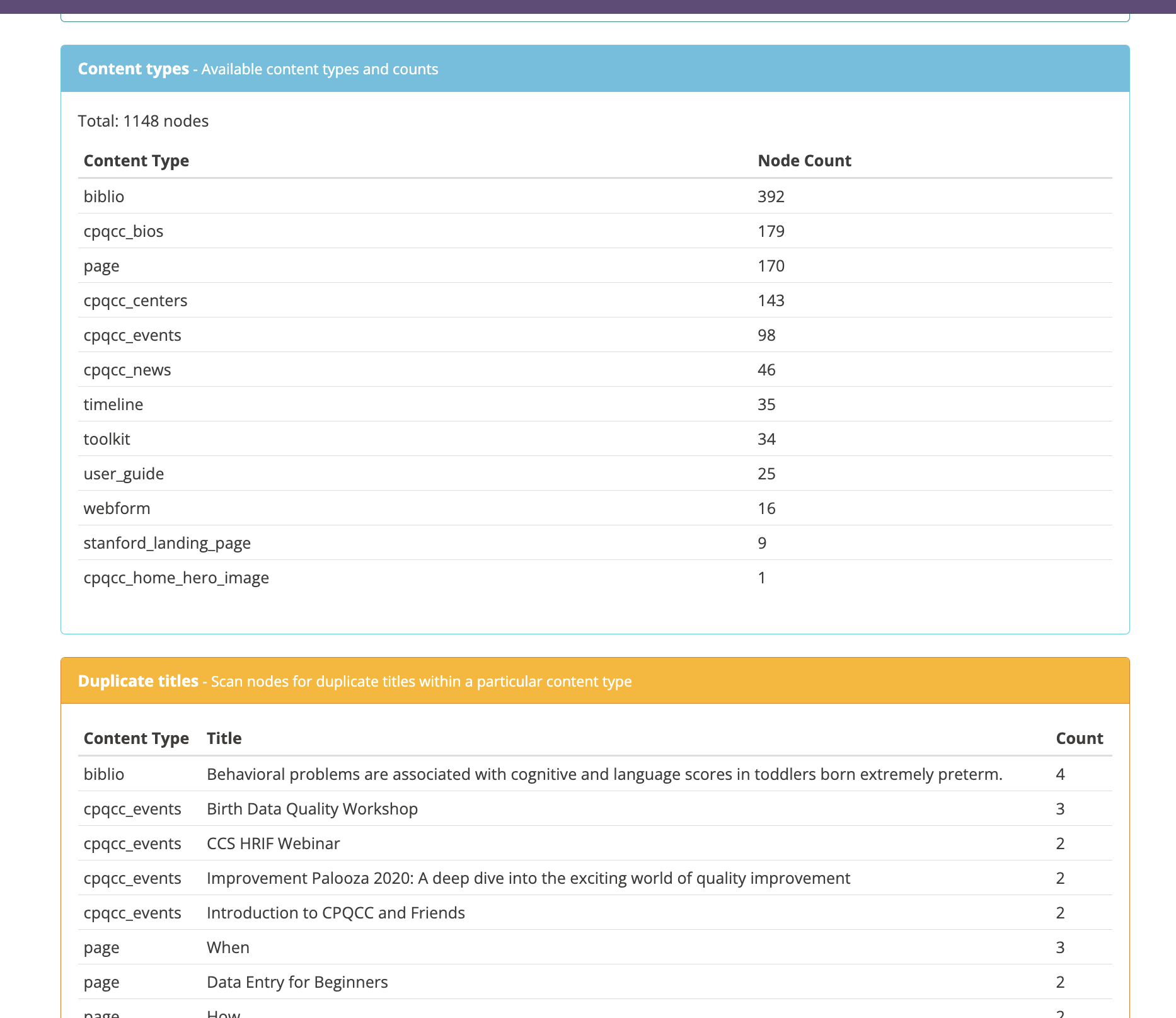Drupal 7 EOL is Jan 5, 2025. Clock is ticking. When and how to begin migration planning?
Download Site Audit Module | Read more on ThinkDrop website
When to begin?
There is only one answer - NOW.

How to begin?
These days it is fancy to ask AI tools for advice on anything. I asked "How to begin a website migration?" and got the following anwers:
- "Plan your work and work your plan."
- "Measure twice, cut once."
- "A stitch in time saves nine."
We begin Drupal 7 website migrations with measuring twice, threefold, fourfold - until we know that we have a good plan to begin the work. For tasks that we do again and again we develop tools that automate tedius tasks, but leave decision-making to the experts. Working together with Drupal Community in Pittsburg DrupalCon sprint and with experts from ThinkDrop agency we brought Site audit module back to Drupal 7 users.
Site Audit includes a number of comprehensive reports, each consisting of one or more checks. Site Audit reports include:
- Best Practices - structural recommendations
- Block - caching
- Cache - optimal Drupal caching settings
- Codebase - size of the site; size and count of managed files
- Content - checks for unused content types, vocabularies
- Cron - Drupal's built-in cron
- Database - collation, engine, row counts, and size
- Extensions - count, development modules, duplicates, missing
- Insights - Analyze site with Google PageSpeed Insights
- Security - check for common security exploits, such as malicious menu router items
- Status - check for failures in Drupal's built-in status report
- Users - blocked user #1, number of normal and blocked users, list of roles
- Views - caching settings
- Watchdog - 404 error count, age, number of entries, enabled, PHP errors


